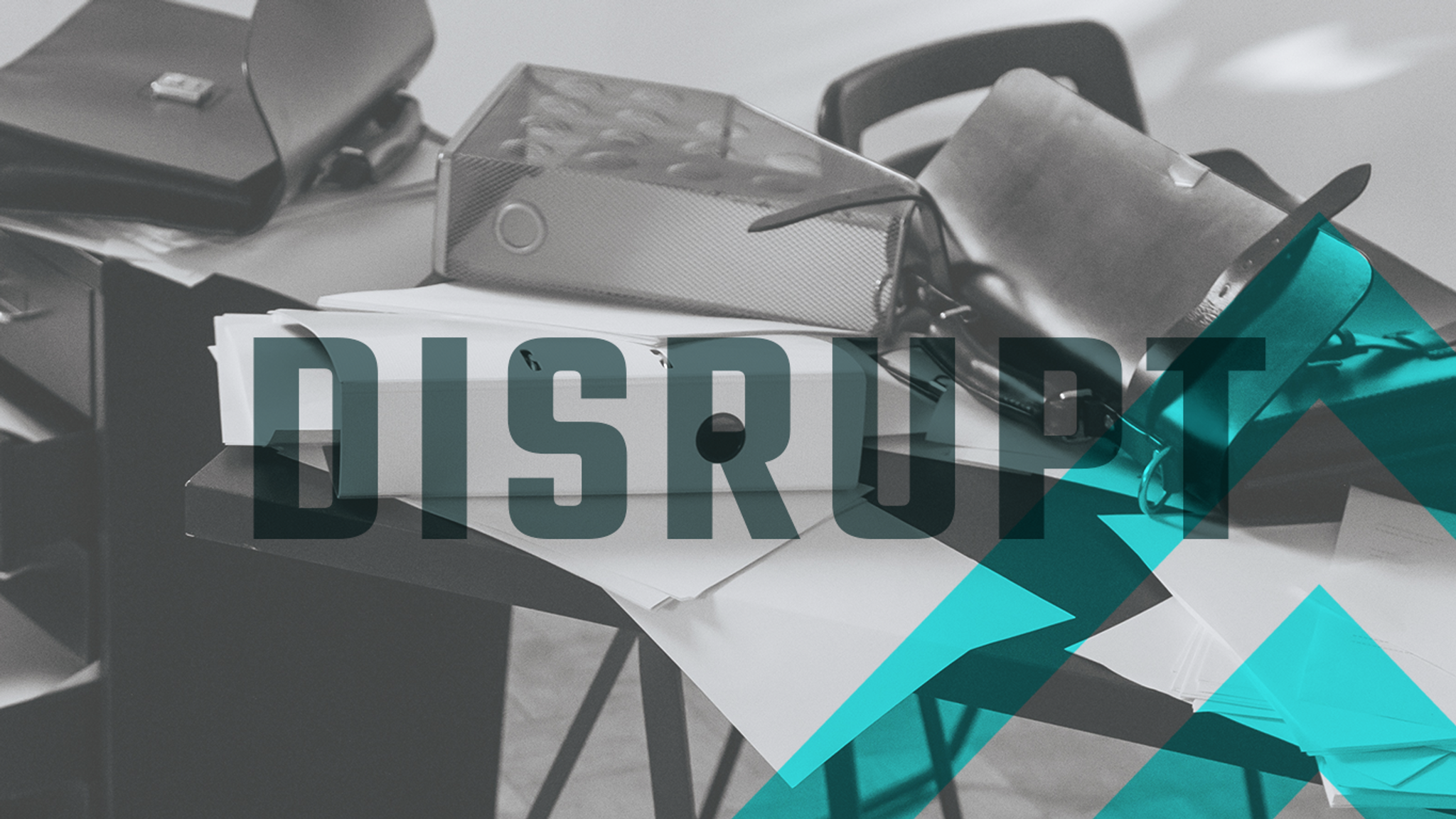Why Corporates Should Be Ready to Disrupt Themselves
Ricardo Costa
Published on

Technology is advancing so rapidly that most of the market leading corporations are going to have to fight to survive. Their challengers could come from anywhere, perhaps even from start-ups in other industries.
Note how Apple, a tech company, disrupted the music industry and how Amazon.com brought bookstores to their knees; their Secret Weapon- disruptive innovation.
A Tech-Driven Transformation
Disruptive innovation refers to a technology-driven process that displaces market leaders with new products that are often simpler and more affordable than the previously dominant solutions.
Unlike other tech innovations, disruptive innovation drastically changes a product in ways that the market did not expect. This generates new products, markets, and values in order to disrupt the existing ones.
Disruptive Innovation Theory
Disruptive innovation theory was instigated by Clayton M. Christensen in his disk-drive industry research and later popularised by his book ‘The Innovator's Dilemma,' published in 1997.
The theory demonstrates how disruptive innovation occurs and puts forward a major argument to that effect - disruptive innovations are new products that are less effective than existing ones but cost considerably less.
According to Clayton, the disruptive technology first targets low-end users and non-users, then gradually moves upmarket later to eventually displace an earlier technology.
Why Big Companies Tend to Ignore Disruptive Threats
When an innovation threatens to disrupt an industry by replacing an old technology model with a new one, incumbents need to restructure their model to survive. This conventional wisdom is the source of the famous mantra 'Disrupt or Be Disrupted.’
Historically , however, many big corporations tended to ignore this mantra which explains many big business failures, such as the one experienced by Kodak.
The question remains:
Why didn't Kodak get ahead in the digital photography race? Why didn’t Blockbuster predict the impact of streaming platforms?
Must disruptive innovation come from start-ups? And why do big companies not recognise startups as disruptive threats?
Why don’t large corporations innovate like startups?
Clayton’s theoretical perspective on Resources, Processes, and Priorities (RPP) explains why established companies find it difficult to react to disruptive innovations.
What is RPP:
Resources such as human resources, equipment, cash, data, relationships with stakeholders and so on, are assets that organisations can buy or sell, build or destroy.
Processes are the established patterns and work culture by which a company transforms inputs to outputs.
Priorities (or values) determine the criteria by which an organisation allocates its resources. According to Clayton, an organisation's value is the standards that enable employees to judge whether an idea is attractive or marginal, whether a client is more important than another, and so on.
The RPP theory argues that organisations successfully tackle opportunities when they have the resources to succeed; when their processes facilitate what needs to get done; and when their values allow them to give adequate priority to that particular opportunity in the face of all other demands that compete for the company's resources.
In the case of large corporations who are already established in the market, they struggle in the hands of disruptive innovations. Firstly because large corporations usually have a low appetite for risk and don’t value experimenting with disruptive ideas. Secondly because their processes are sufficiently rigid in that employees do the things they need to get done but that is not enough to keep up with disruptive innovations. Initially, the size of the opportunity represented by disruptive technologies is almost never large enough to fit into a corporation's RPP structure in order to help them achieve quarterly targets.
For large corporations that are already established, their RPP structure only supports small incremental innovations that usually occur in response to customer demand. In other words, when a corporation's capability relies upon old traditional values and processes that are embedded in their culture, reacting to disruptive innovations can be extraordinarily difficult.
However, change is inevitable, and for the following reasons, big companies must disrupt themselves before they are disrupted!
Why Corporates Should Be Ready to Disrupt Themselves
We are certainly in a season of profound technological advancements. To survive the wave of change, companies must be willing to re-invent themselves and take necessary risks.
After a plunge in activities due to the COVID-19 pandemic, major rebounds in multiple industries are predicted. There’s also a steady rate of established companies dropping off the ranks as new entrants are showing an upward trajectory.
The full impacts of this global pandemic are not yet known and will play out over the next few years. As the full implications of the pandemic unfold, signs point to more changes in consumer behaviour to be accelerated by the pandemic.
As it stands, failure to self-disrupt will put big companies on the side of the corporate forces called creative destruction. The high-end reshaping of industries will definitely create winners and losers. That said, don’t miss any opportunity to adapt.
As Clayton puts it, businesses must develop new technologies to compete with start-ups while maintaining their positions in the industry. Clayton describes the most viable way to achieve this is for enterprises to set up independent organisational units charged with creating, building and experimenting with disruptive technologies.
This means creating business units that are independent enough to develop new RPP structures for which disruptive technologies can represent attractive opportunities. When the retail market was being disrupted by discount department stores, Dayton Hudson, one of the incumbents in the old market structure, established Target as a separate organisation. While Dayton Hudson met its demise going after the top of the market, Target was successful by being free to play a different game, one with lower margins and higher inventory turnover.
When developing new initiatives through the innovation processes, managers must also accept that failure is part of the game and be ready to take in lessons from each failure to the next opportunity.
Another great way to overcome innovation barriers is constant customer engagement. Constantly gathering data around customer experiences and understanding experience gaps can benefit your enterprise in a big way.
This is the point,
Whichever model you adopt, make sure it’s self-disruptive. Brands have done it before, and so should you. It’s a dynamic world, and only the corporations that disrupt themselves and evolve with the times, will survive.
